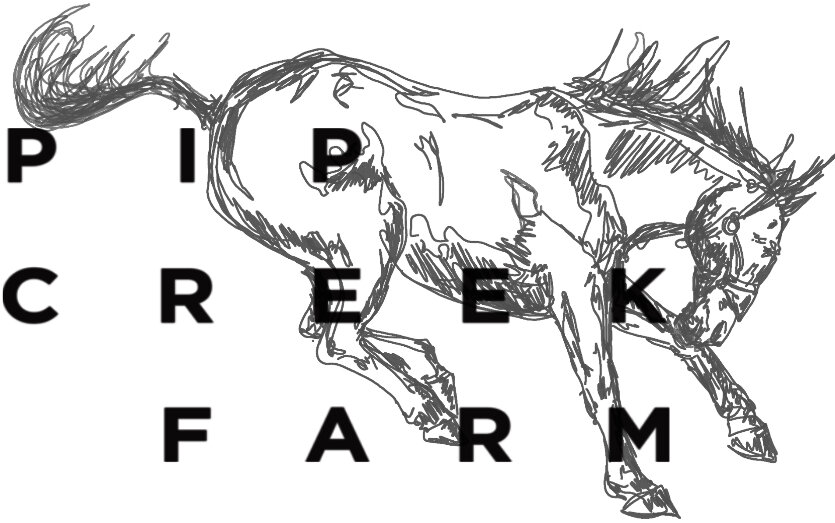Food for ranging
It’s nearing the end of summer. That right there, folks, is blatant denial written down on a page for the whole world to see. Summer is over, at least in these parts where summer is not dictated as much by solstices and equinox calendars but by the buzz of the land. Goldenrod has claimed its territory amongst the dried grasses. Sage is its companion to watch the waning sun and the tightening of dawn and gloaming.
The cows are still on pasture. Such as it is. The rains fell earnestly, albeit late. That’s the family motto, trailing us from the overseas highlands, Late but in earnest and it still echoes here generations later. The wheatgrasses and bromes had already decided to put less to leafy volume and more toward their progeny with lofty seed heads. And then the rains stopped. As they say, good for the grain guys, difficult for the beef guys. Dry, crunchy, brown grasses make crackling noises under our boots. What green there is is stringy and tough.
Our small group of steers needed to be moved from our one small pasture to another. But the shady slough we’ve sometimes relied upon had dried up, called up into the ether overhead. And for us, that meant taking a piece of the east fence out, putting on the chest waders and making an access to the large slough. The chest waders leaked, likely the result of previous barbed wire encounters.
A lunch was packed. A scurry of garden picking yielded dill, beans, scallions, jalapeno, tomato and herbs. My arms put that earth’s bounty in the basket, tucked in some hastily made bread dough and a bottle of olive oil. The other earth’s bounty, were strip loin steaks.
Let me offer perspective. Every child who grows up on some sort of beef operation will likely tell you that steak is not in their top twenty foods. Steak is as common a cut as ground, literally and the meat cut. At the outset, striploin might come across as high eating when in reality it’s what has been overlooked as we reach in to our freezer for braising roasts, short ribs and flank and hanger steak. But still, fire-cooked striploin steak ranks a little differently. It still maintains some rank.
We crammed into the John truck, our 1980’s Toyota extended cab wonder, the namesake of a complicated, mostly likeable, local historian. Windows were cranked down, our hair a flying cloud in the cab and sneaking out the open windows. The day was hot, humidity nestled close to our skin, smoke haze a hovering lens of brown. Wire, tools and food bounced together over the gravel roads.
The previous firepit had been scattered by the cattle. The kids gathered up new rocks, sticks and larger branches, and started the fire. Until the staples are ready to be hammered in, or to help brace posts, the better of the wire and post work is left to us older and stronger family members. Once their chores are done, the kids pull their tiny frames into willows or splash after leopard frogs.
Marriage is made of many things, work being one. Fencing is our counselling. Pulling wire through bush and slough is an exercise in anticipation, for the other and your own safety. Barbed wire slid along a leg or even through a gloved hand is not happiness. High tensile wire requires a mindful eye as that stuff is springier than a pup in long grass. Communication is key, yelling down the wire to make sure staples are in place before the heavy, yellow puller can stretch it against posts. Among the uncertain terrain of beaver runs and stumps, willows waving in your face and nettles brushing your hands, staying calm in the heat and work makes for a better day. There amongst poplars, raising themselves high into the sky while their roots twine and feed each other, and under, fencing pliers in hand, bleeding and torn from wire and bush alike, we shore up the edges of what makes coupleness work. Hard work makes us work.
With the day’s work here done, bread was flattened, drizzled with oil, placed on the grill. Dill bundled beans into tidy packages. Tomatoes and peppers were placed on the side where the flame’s heat doesn’t lick up as high. The willow sticks are consumed quickly and the open land allows the wind to sweep in, making for few coals.
Near the end, the steaks were carefully seasoned while lying on willow leafy branches and then placed over the highest flame. A few extra willow sticks were added to the fire.
This part, which nourishes us after heavy lifting and slow, careful walking through waist high grass, plunging into thigh deep beaver runs, is a piece of the earth that raised up last year’s grasses here in this very place. This ground raises itself up and becomes the sinew and muscle climbing tree, chasing frogs and hauling tired bodies through slough grass to gather up just one more post. Lunch becomes gratitude, for the steer that wandered these hills, for each one gathered around hot stones and coal as each played a part, for the rain that fell, the grasses that grew, noisy sloughs issuing up ducks and frogs. We eat, pause, pour water on the coals, leave the stones as they are, toss the grill in the back, and ready to go.
The last thing we do before we close the gate is heft a salt block out of John and over the fence. Black and shiny, light reflecting off their backs, kicking and twisting in mid-air, the steers run down the fence line. The pounding noise and their joyous celebration are a final grace given to us.





















